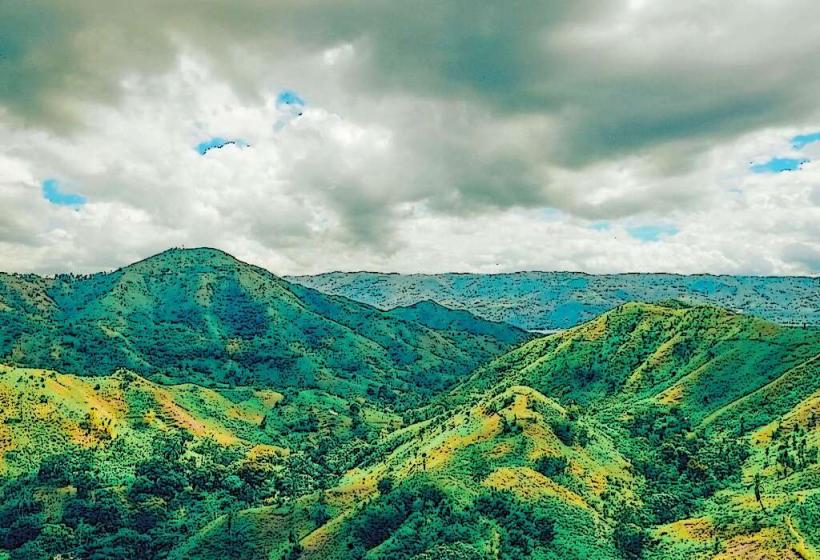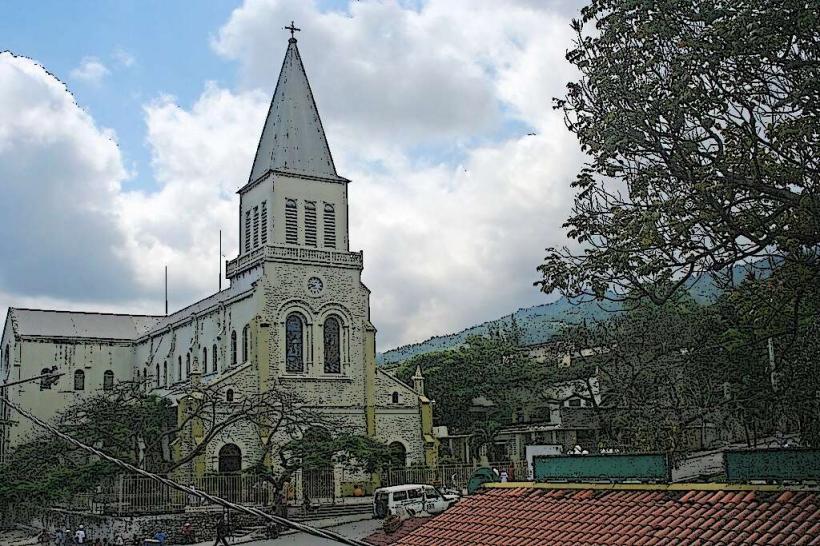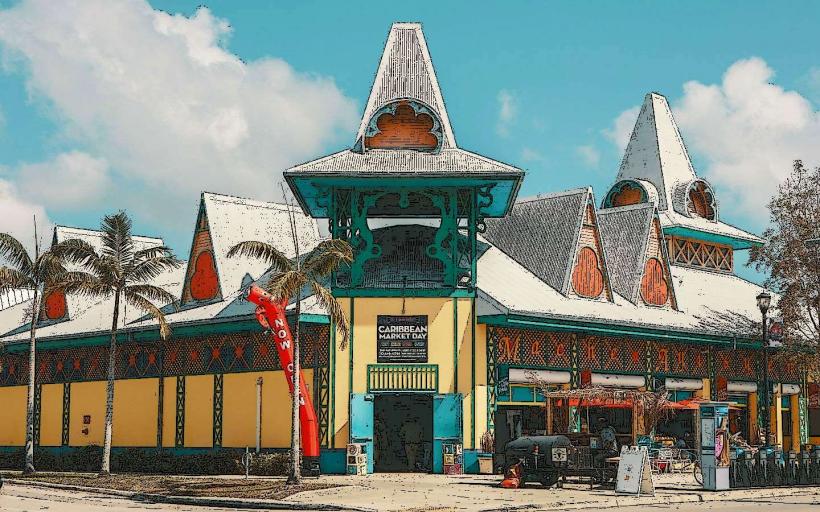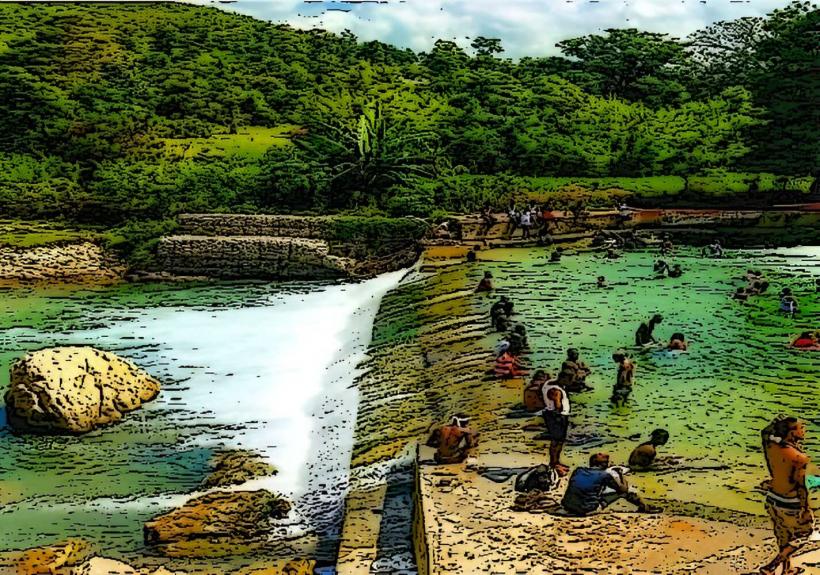Information
Landmark: Caves of ArtiboniteCity: Petion Ville
Country: Haiti
Continent: North America
The Caves of Artibonite, located in the Artibonite Department of Haiti, are lesser-known but remarkable natural wonders. These caves are scattered across the region and hold significant historical, cultural, and geological value. They serve as both sacred sites in Haitian traditions and points of interest for explorers and nature enthusiasts.
Detailed Exploration of the Caves of Artibonite
1. Location and Geography
- The Artibonite region, known for its fertile valley and historical landmarks, is also home to various limestone caves. These caves are often situated in the hilly or mountainous areas of the region, particularly near Petite-Rivière de l'Artibonite and other rural communities.
- Some caves are hidden within dense vegetation, making them accessible primarily via hiking or guided expeditions.
2. Historical Significance
- During the Haitian Revolution (1791–1804), caves in the Artibonite region were used as hiding places by enslaved people and revolutionaries escaping colonial forces.
- These caves provided shelter and strategic points for planning guerrilla warfare. They hold symbolic importance as spaces of resistance and survival.
3. Cultural Importance
- The caves are often associated with Vodou practices and are considered sacred spaces for spiritual ceremonies.
- They are believed to house lwa (spirits) and are used for rituals, offerings, and meditation.
- Some caves have natural formations, such as stalactites and stalagmites, which are interpreted as sacred symbols.
- The caves are integral to oral traditions, with many local stories and legends tied to their existence. These tales often mix historical and mythical elements, adding to the caves’ cultural richness.
4. Geology and Natural Features
- The caves in Artibonite are predominantly limestone formations, shaped by centuries of erosion and water activity.
- Common features include:
- Stalactites and stalagmites: These formations create stunning natural sculptures inside the caves.
- Underground streams or small pools, adding to the caves' mystical ambiance.
- Narrow passages and larger chambers, which vary in accessibility and exploration difficulty.
- The biodiversity around the caves includes bats, insects, and unique plant species.
5. Popular Caves in the Region
While specific caves in Artibonite are not as widely documented as other Haitian landmarks, the region is known for:
- Grottes de Marie-Jeanne: Though located slightly outside Artibonite in Port-à-Piment, it provides an idea of the geological features found in Haitian caves.
- Local hidden caves: Many small, unmarked caves are known primarily by local residents and serve as both sacred and practical spaces.
6. Spiritual and Ceremonial Uses
- Vodou ceremonies in these caves often involve:
- Offerings to spirits, including food, candles, and libations.
- Chants and drumming, enhancing the acoustics of the cave.
- Ritual dances performed in the larger chambers.
- These practices underscore the caves' role as connective spaces between the earthly and spiritual realms.
7. Tourism Potential
- Eco-tourism: The caves of Artibonite have potential as eco-tourism destinations, attracting adventurers and those interested in natural beauty.
- Cultural tourism: Visitors can gain insight into Haitian traditions and spiritual practices by exploring these sacred spaces.
- Challenges for tourism include:
- Limited infrastructure and lack of marked trails.
- Need for local guides to ensure safe and respectful visits.
8. Preservation Challenges
- Environmental threats:
- Deforestation and agriculture in the region may affect the natural environment around the caves.
- Human activities, such as mining, could pose a threat to their geological integrity.
- Cultural respect:
- Balancing tourism with the spiritual significance of the caves is essential to avoid disrupting local traditions.
9. Nearby Attractions
Visitors exploring the caves of Artibonite might also enjoy:
- Crete-à-Pierrot Fort: A historical site with connections to the Haitian Revolution.
- Artibonite River: A picturesque and agriculturally vital waterway.
- Local villages and markets: Offering a glimpse into daily life and regional culture.
10. Conclusion
The Caves of Artibonite are fascinating natural and cultural landmarks in Haiti. Their historical role during the revolution, spiritual significance in Vodou, and stunning geological formations make them an intriguing destination for exploration and cultural appreciation. With proper preservation and sustainable tourism efforts, these caves can become more accessible while respecting their deep cultural roots.








